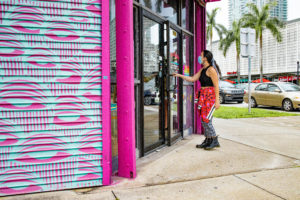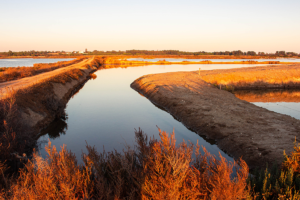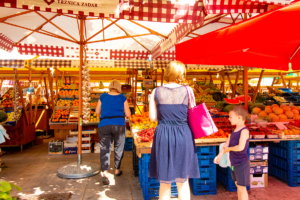Here at Travel Culture one of our favorite things to do is to visit natural spaces sustainably. The smell of fresh air, the freedom of exploring untouched spaces, the simply awe-inspiring natural landscapes that make us feel so small. We consider it a gift to be able to explore nature and all she has to offer. And in return, we feel it’s only natural to take care of her (pun definitely intended!)
Though this is always important to do, it is even more so now than ever. That is because, as a result of the social restrictions in place because of Covid-19, many of us have taken to exploring natural spaces. As we flock to national parks and green areas, we need to make sure we are not having a negative impact. With an increasing number of visitors there is usually an increase in potential problems.
Since we believe that if you enjoy natural spaces, the most logical thing to do is help preserve them, here are a couple of easy tips to make sure we keep these green spaces green and healthy!

Tips to visit natural spaces sustainably
Let’s start with the easiest tip to explore natural spaces sustainably– following the motto: Take only pictures, leave only footprints
So what does this mean exactly?
Well, first things first: what you pack to visit natural spaces sustainably
Take only what you need
For one, being a mindful consumer means you are producing less trash.
If we only get the food/snacks we need, much less goes to waste, pretty obvious right? Many times we overestimate what we are going to need and end up overbuying. What ends up happening is that the food goes bad and it ends up becoming waste. With a little more planning ahead, we can make sure we get only what we need.

Refillable water bottle
Another way to avoid plastic waste is to carry your own refillable water bottle and filter. This way you could top off wherever instead of having to buy plastic bottles everywhere.
What we buy
Now this tip isn’t just about overconsumption and waste though. It is also about what we consume. For example, instead of opting for that bar wrapped in plastic, think about a fruit, or buying nuts in bulk with your own packaging (like a repurposed jar or reused bag). Try to minimize the amount of single-use plastic you purchase. Also remember to pack a canvas bag or be ready to pack what you buy directly into your backpack to avoid using plastic bags.
Another reason to be mindful at the time of packing is that the fewer things you take the less likely you are to leave something behind. Many times when trash is left behind it’s because it is forgotten, not because it was thrown away. If we have a minimal amount of things to carry, it is most likely we will remember them all.
Now a tip for actual snack time: watch for the wind, don’t let your trash get flown away. If you are sitting down, put something heavy over anything that is a flight risk, like empty plastic bags. If you are eating on the go, make sure to pack your trash safely in a pocket with a zipper, or a bag you can tie off.
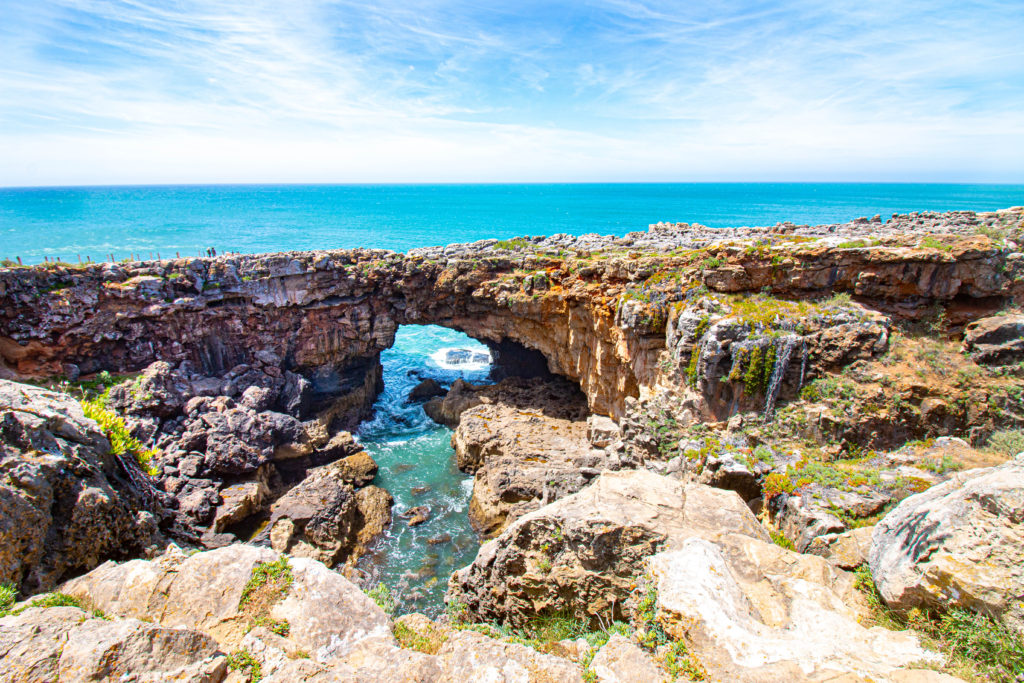
Now about that trash
A very important part of any packing list to visit natural spaces sustainably is a waste bag. You need to have a way to carry your litter back with you. Extra brownie points if you use something other than a single-use plastic bag.
Even more points if you go beyond cleaning up after yourself and pick up the trash others have left behind. Whenever I am on a trail, I make sure to leave it better than I saw it if at all possible.
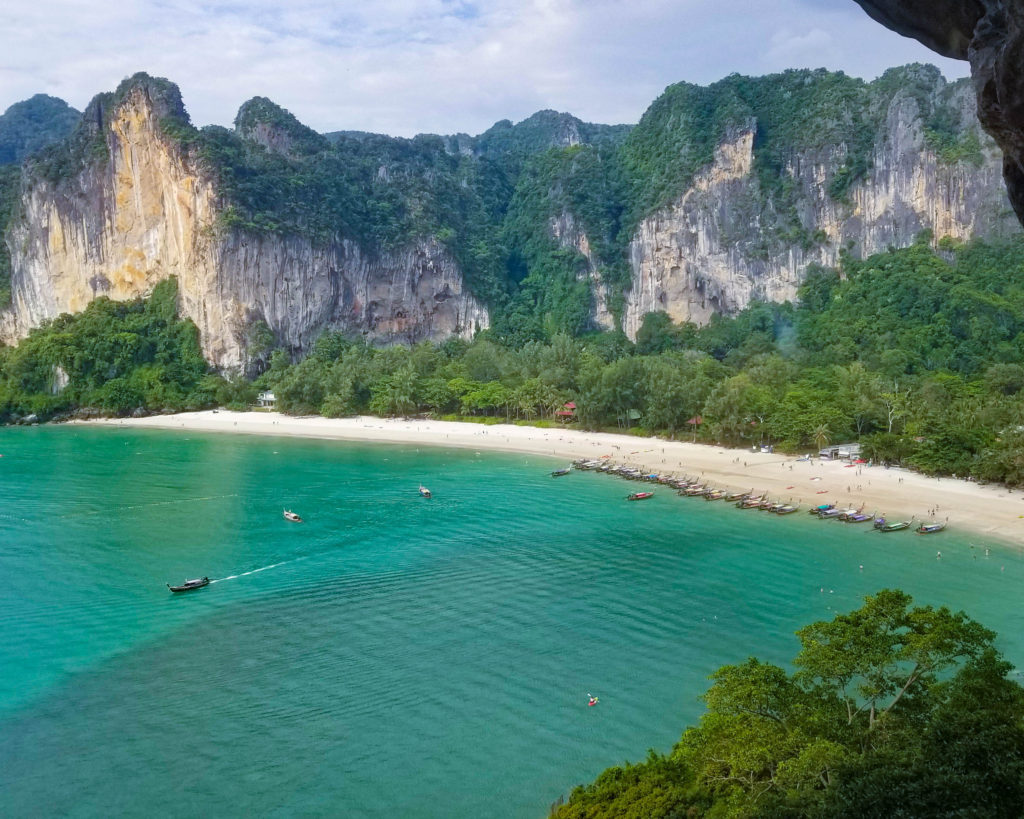
The second part of the motto is taking only pictures
So what exactly does this mean? It means not taking anything with you as a souvenir (unless it’s the trash from the previous tip). Don’t go to the beach collecting corals or conchs. I know they are very pretty, but they are where they belong and where they should stay. It means leaving everything as you found it as much as possible. This is the best way to visit natural spaces sustainably.
Sustainable shoes and clothing
This is not directly related to the park visit but it is always a good tip. The fashion industry is one of the biggest pollutants. It is important we are also being mindful when purchasing the clothes we need for natural spaces. For example, there are companies that use recovered and recycled materials to make shoes and swimsuits. There are also materials that are not bad for the environment. For example opt for sustainably sourced wool instead of a synthetic material.
Another option altogether is not buying anything new. Consider getting things secondhand or borrowing. Thrift stores are always a good option for your clothes. As for borrowing, many times we plan natural adventures once in a blue moon, so you don’t need to own that sleeping bag or tent. You likely already have someone in your life that owns one and can lend it to you. And if that is not the case, there are companies that rent out gear.
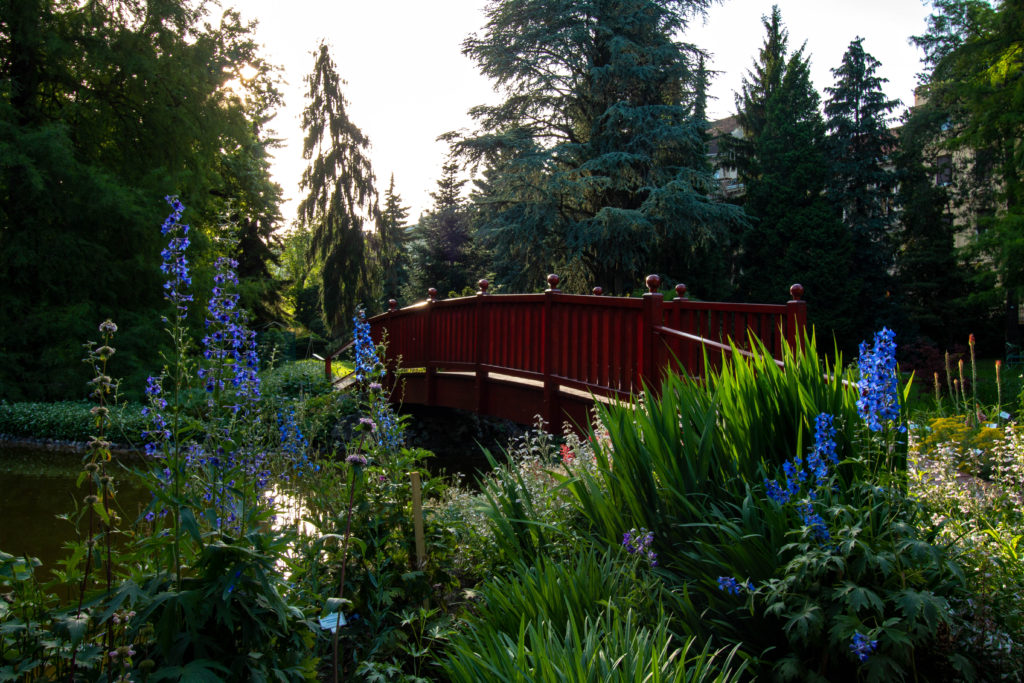
Park Entrance Fees
Many parks will have entry fees. Some are strictly enforced while others are donation based. Always make sure to pay the fees (especially when it is donation based). These are the funds used to preserve the spaces you visit.
Here you can aso go a step beyond and donate to organizations that protect the environment and wild animals. Definitely uber brownie points for this.
Protecting wildlife
When visiting natural spaces sustainably, make sure you stay within the defined trails
Do not go off the trail at any point. If you venture off you are running the risk of damaging vital plant life. You might not be able to see it but there may be young sprouts starting to grow. If you tread on them, they will likely die off. Also walking over earth puts pressure on the top soil, compacting it. This can have an effect in the way water flows during rain. Since we’re trying to have as minimal an impact on nature as possible, it is best to avoid this.
Another reason for it though is safety. The trails are maintained to make sure they are safe for visitors. When going off trail you are assuming unnecessary risks.
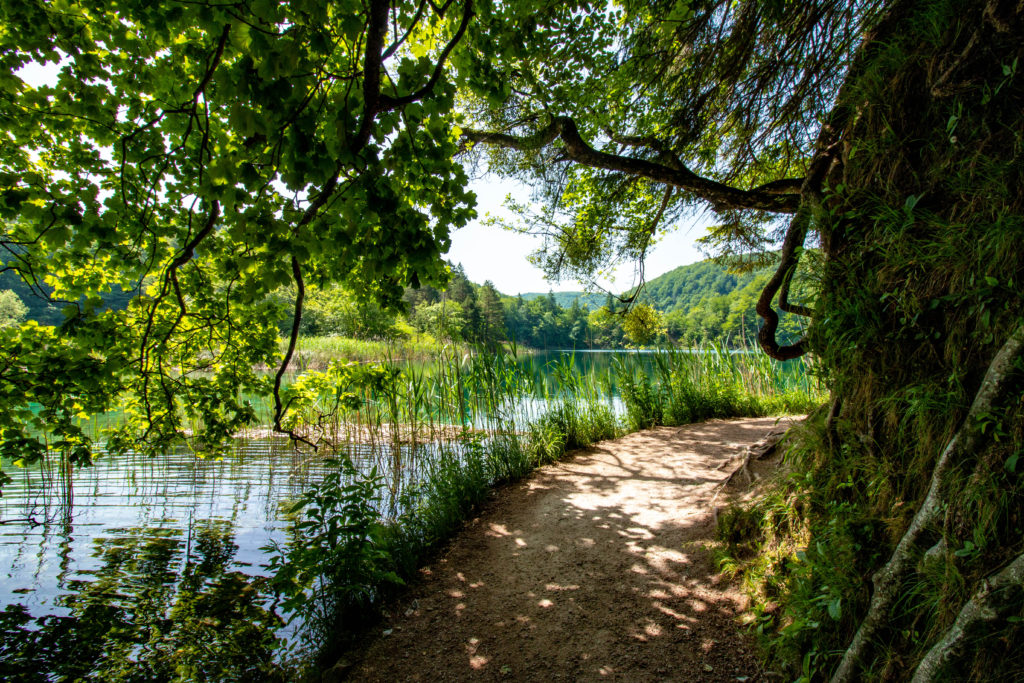
Don’t feed wildlife
For one, this can make them sick. The best diet for them is the one they maintain naturally. It also makes them less cautious of humans which can be dangerous for them. One reason for this is that animals considered ‘dangerous’ can be put down if they start approaching human areas as a method of prevention.
Don't approach or touch wildlife
Aside from the fact that it can be dangerous for you, it can be dangerous for them, You might have seen pictures of people picking up starfish at the beach. But what you may not know is that this is very stressful for them. Touching coral can strip their outer protective layers and leave them more vulnerable to disease.
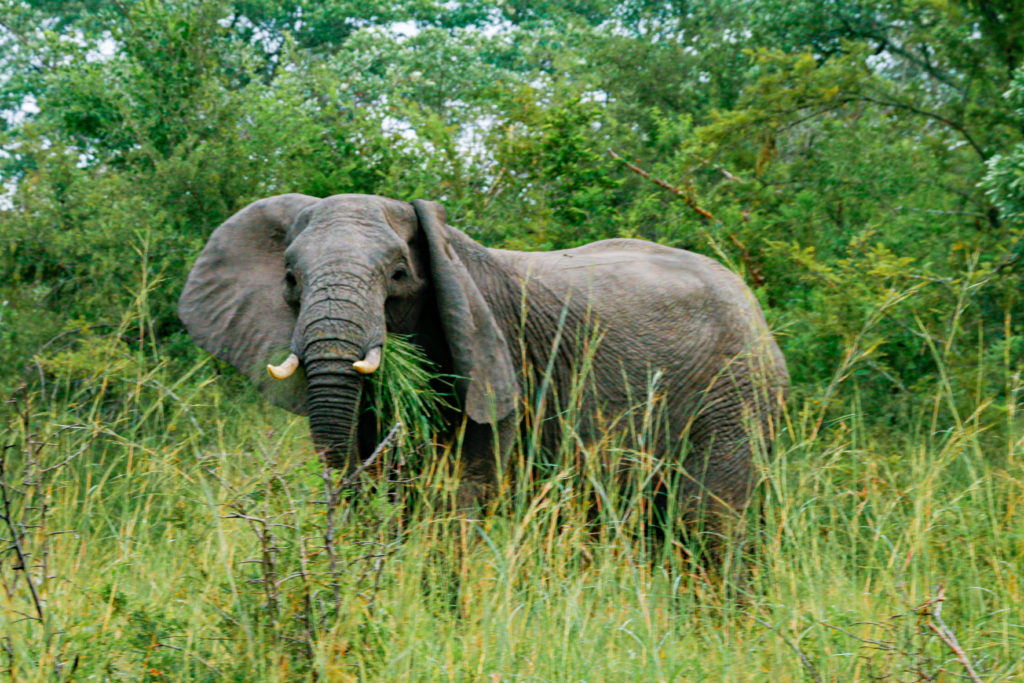
Safe sunblock
In order to visit natural spaces sustainably, one of the most important things is making sure you are wearing reef-safe sunblock. There are many chemicals in sunblocks that cause a myriad of issues for marine life. Visit our post here to learn more about this problem and for some sunblocks that are safe. We’ve already done the research so you don’t have to!
Now an alternative to using so much sunscreen is to cover up with protective clothing. The fewer areas we leave uncovered, the less amount of sunblock we need to use.
Visit in the off season
With fewer visitors, it is easier to control the crowds for park rangers. There is a smaller chance that others will try to step away from the trails to avoid other people, or for better pictures. Also there will not be as much noise and traffic, which is better for animal habitat conservation. Animals try to avoid noisy areas as an instinct. So it follows that the fewer people and the less noise, the more comfortable animals will be in their natural habitat.
So that’s it for my tips on visiting natural spaces sustainably. I hope you have found these helpful and that you will apply them next time you visit a park or the beach. We all need to work together to protect the natural spaces we love so much. If you have any other tips I might have missed, please comment on it in the section below, we’d really appreciate to learn more ways to be sustainable!


